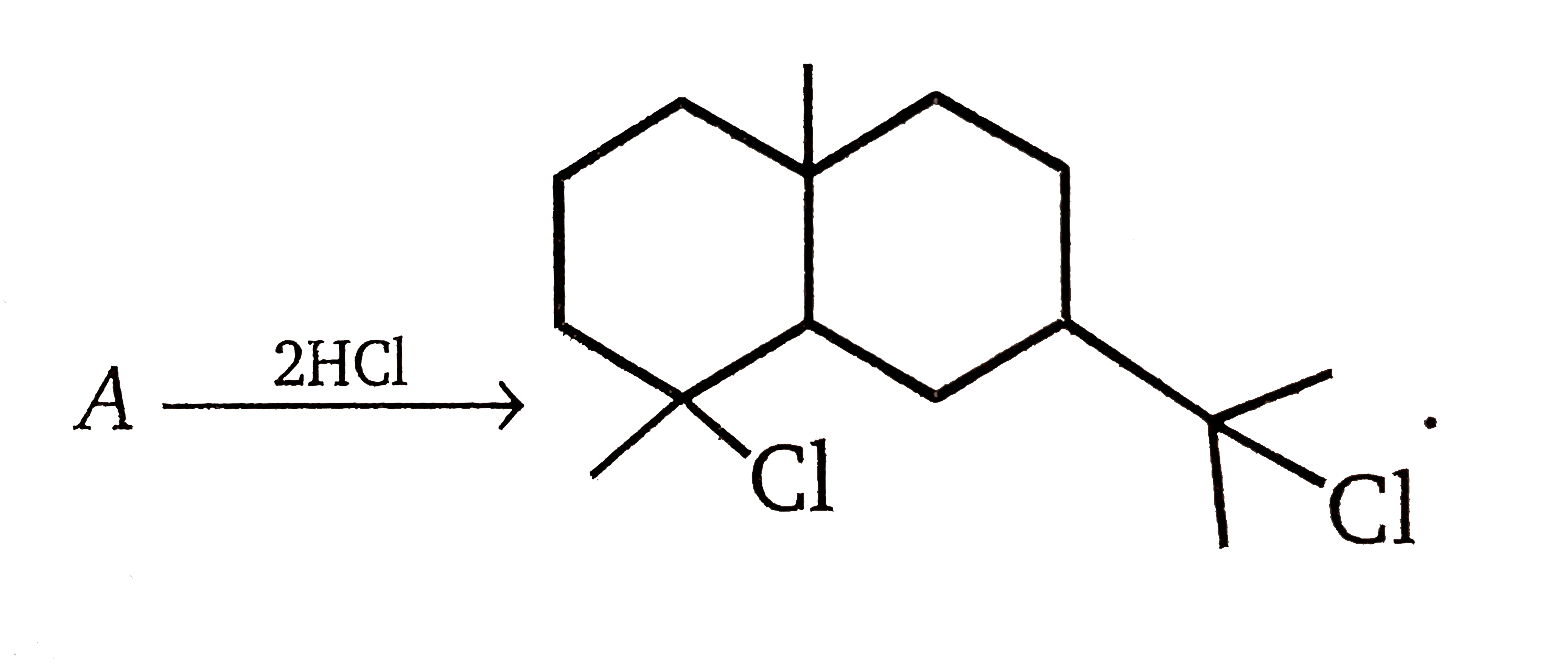 . Reactant (A) can be:
. Reactant (A) can be:
A
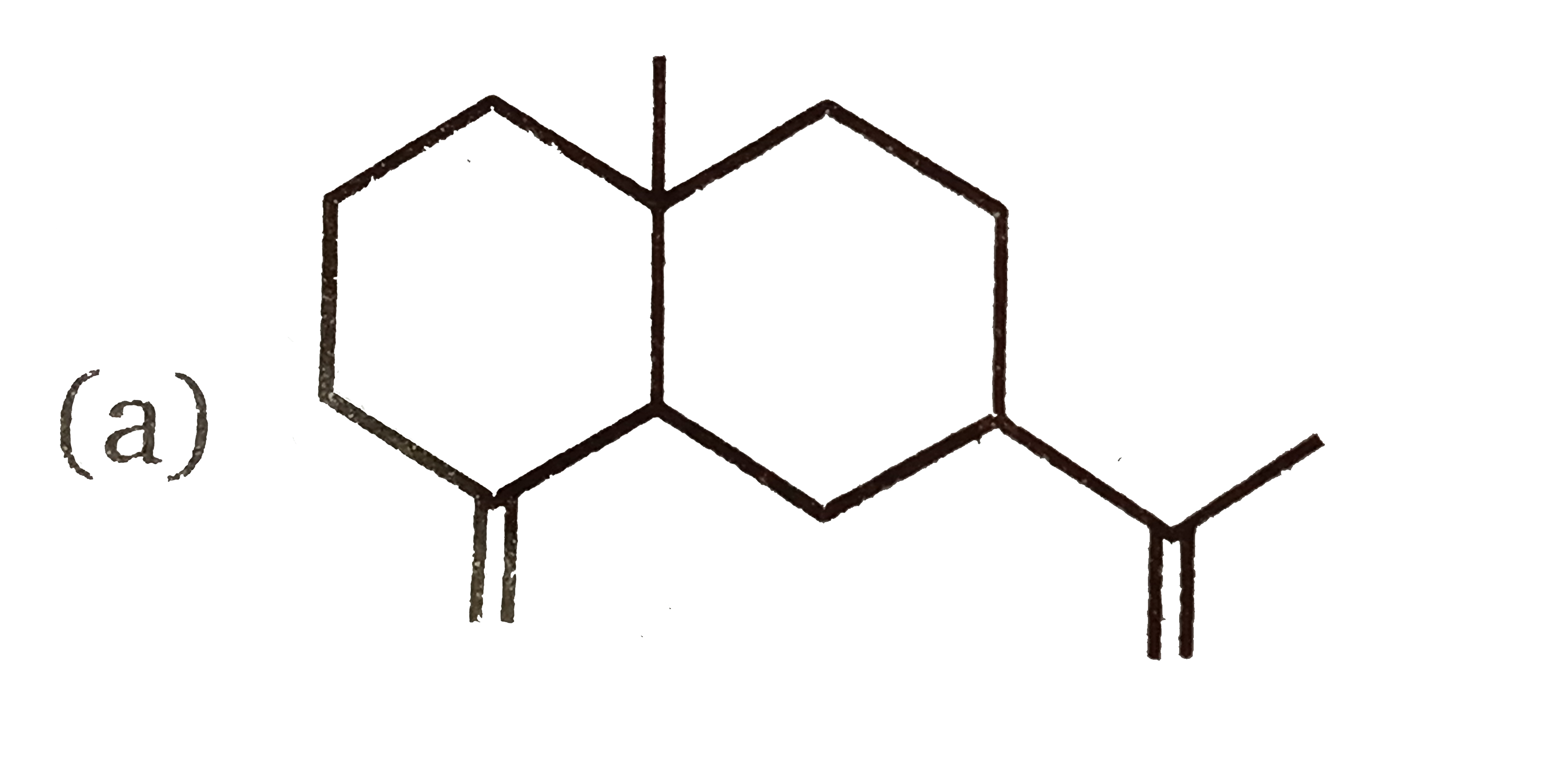
B

C
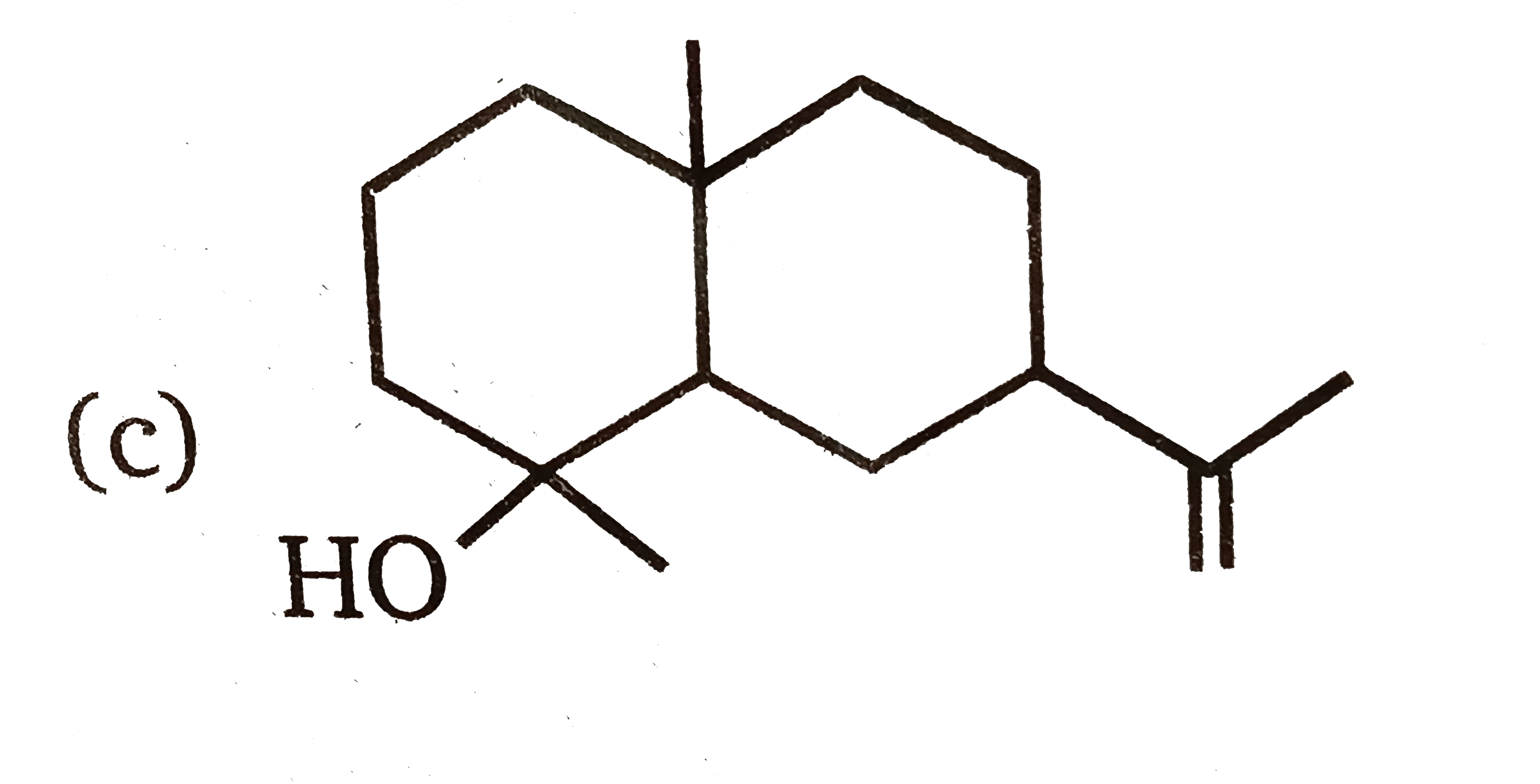
D
all of these
Video Solution
Text Solution
The correct Answer is:D

Source of this carbocation can be (a), (b) and (c).
|
Topper's Solved these Questions
- HYDROCARBONS (ALKENES)BOOK - MS CHOUHANCHAPTER - HYDROCARBONS (ALKENES)EXERCISE - Level 1 (Q.1 To Q.30)
1 Videos
- HYDROCARBONS (ALKENES)BOOK - MS CHOUHANCHAPTER - HYDROCARBONS (ALKENES)EXERCISE - Level 1 (Q.61 To Q.90)
2 Videos
- HYDROCARBONS (ALKANES)BOOK - MS CHOUHANCHAPTER - HYDROCARBONS (ALKANES)EXERCISE - Level 1 (Q.31 To Q.50)
1 Videos
- HYDROCARBONS (ALKYNES)BOOK - MS CHOUHANCHAPTER - HYDROCARBONS (ALKYNES)EXERCISE - Level 1 (Q.1 To Q.30)
2 Videos
Similar Questions
Knowledge Check
 Reactant (A) is,ACH3−O∣∣C−(CH2)5−O∣∣C−CH3BCH3−O∣∣C−(CH2)4−O∣∣C−HCH−O∣∣C−(CH2)5−O∣∣C−HDCH3−O∣∣C−(CH2)4−CH2−OH
Reactant (A) is,ACH3−O∣∣C−(CH2)5−O∣∣C−CH3BCH3−O∣∣C−(CH2)4−O∣∣C−HCH−O∣∣C−(CH2)5−O∣∣C−HDCH3−O∣∣C−(CH2)4−CH2−OH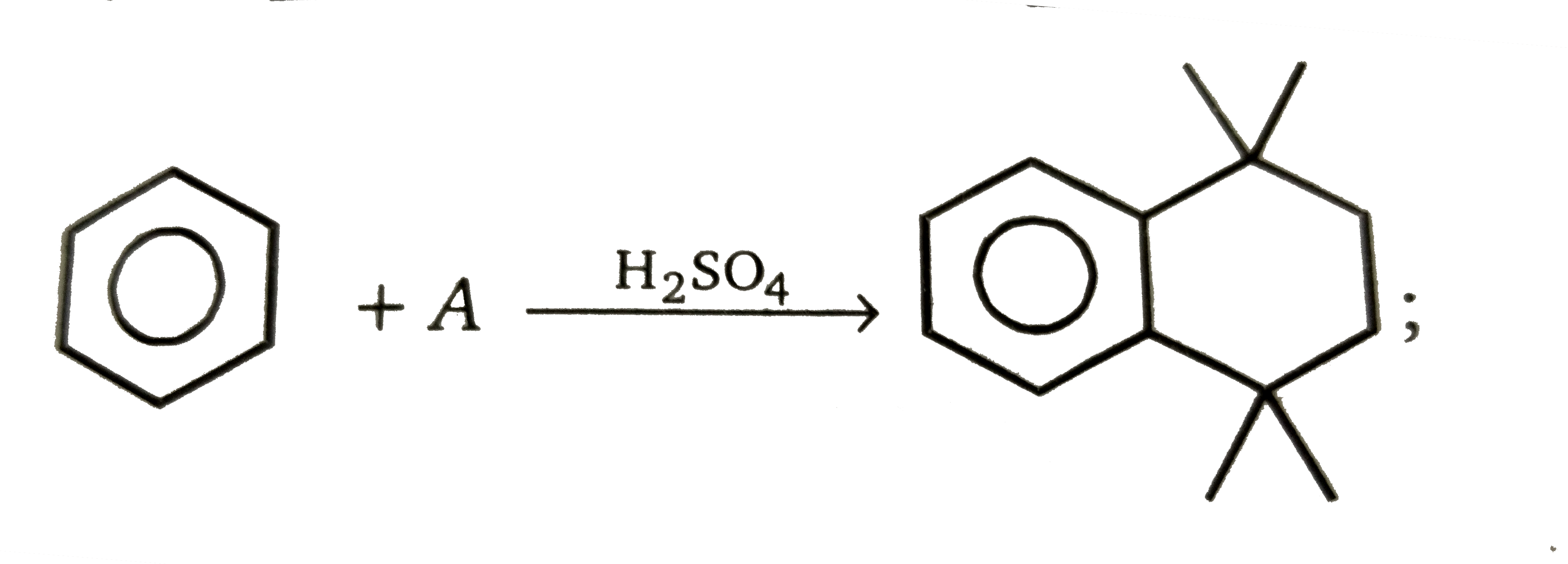 , Reactant (A) is:A
, Reactant (A) is:A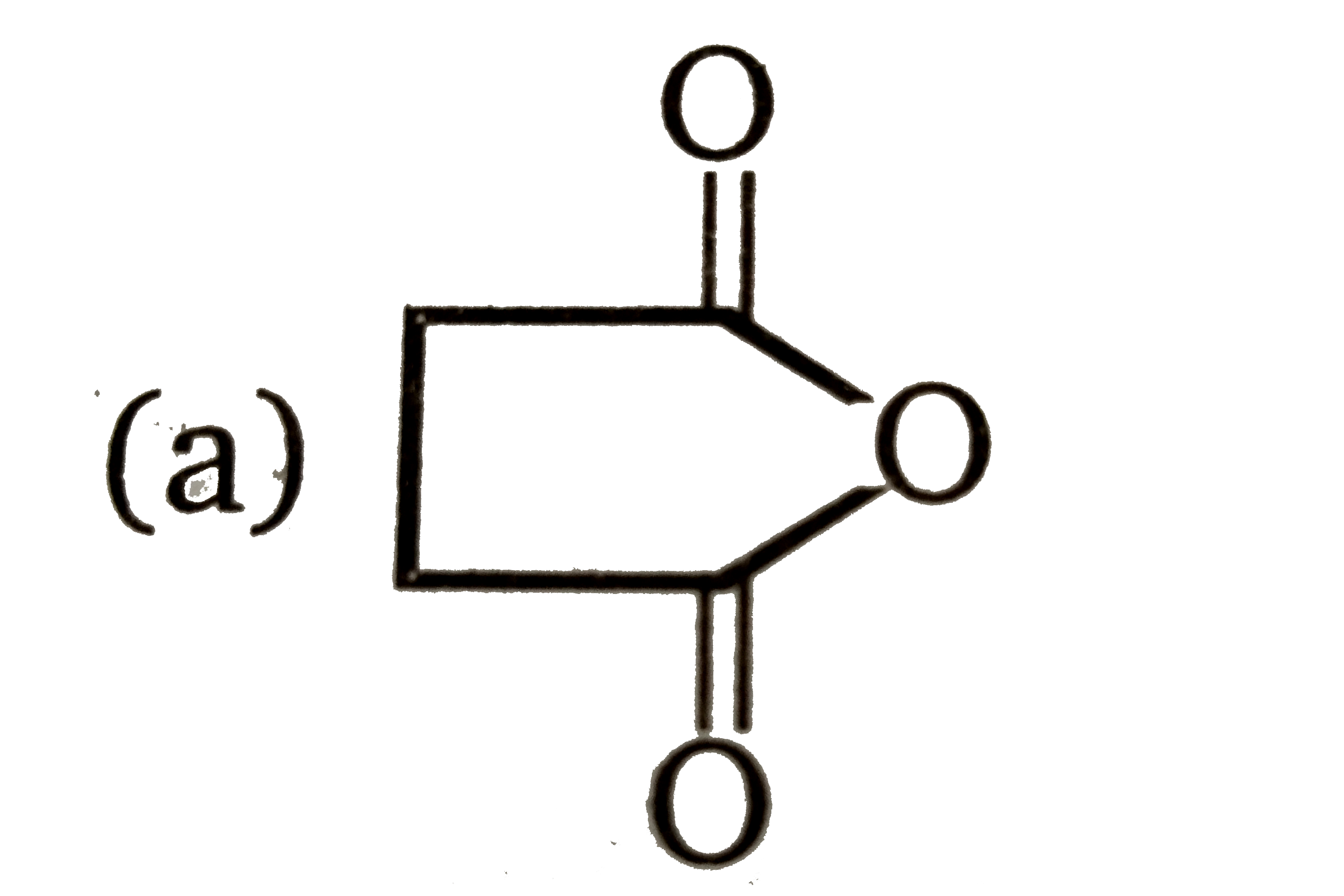 B
B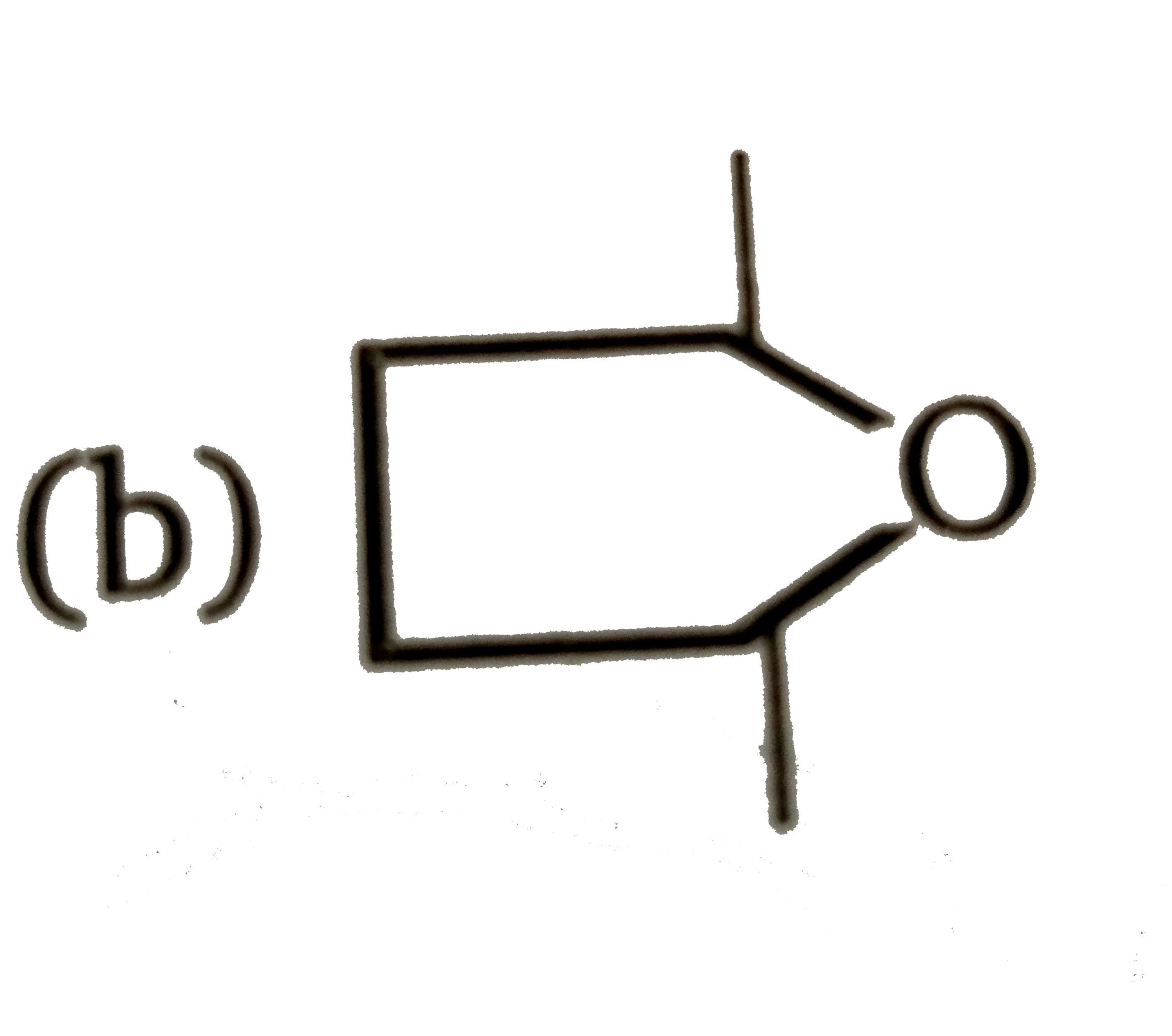 C
C D
D

The reactant (A) will be :A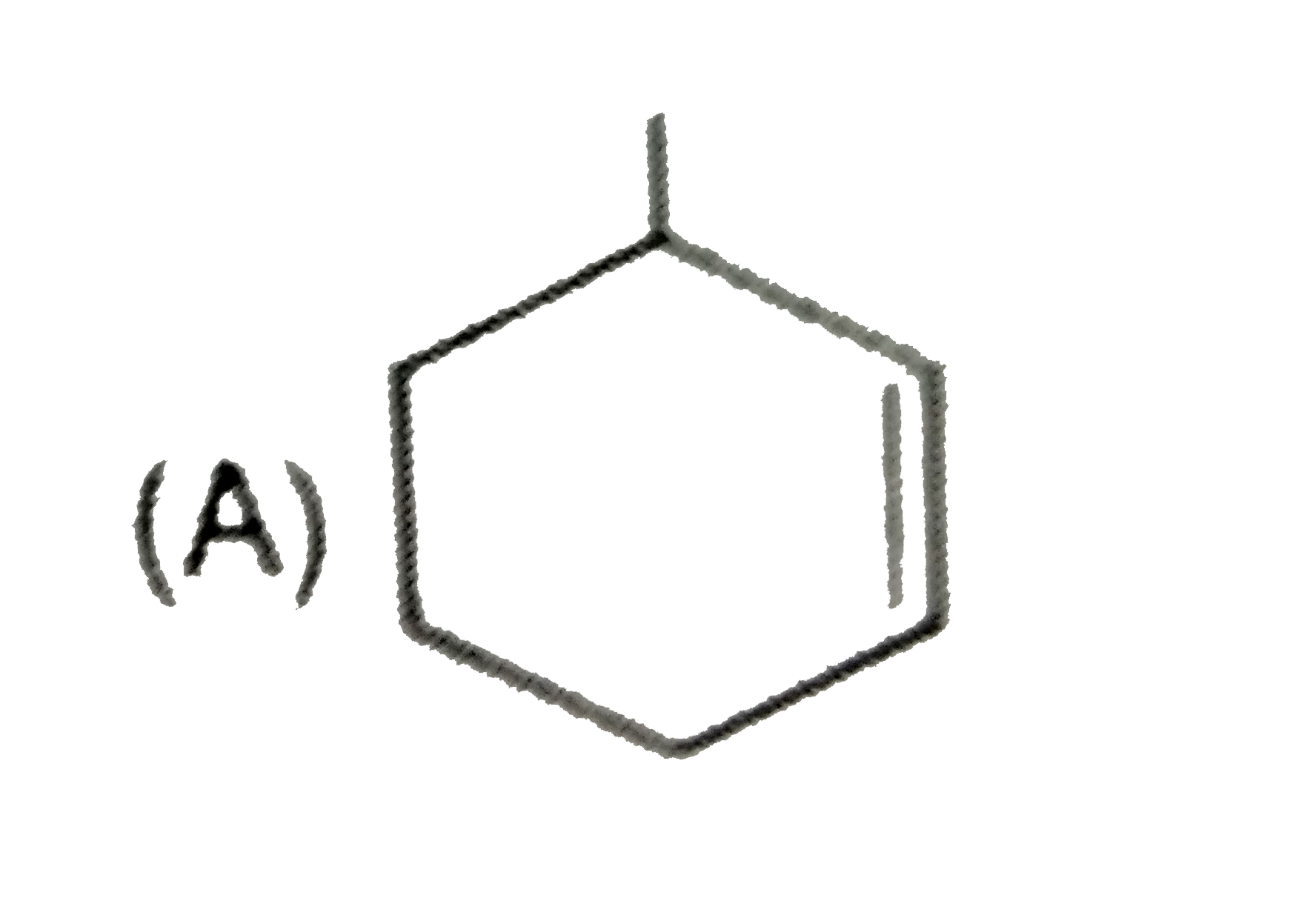 B
B C
C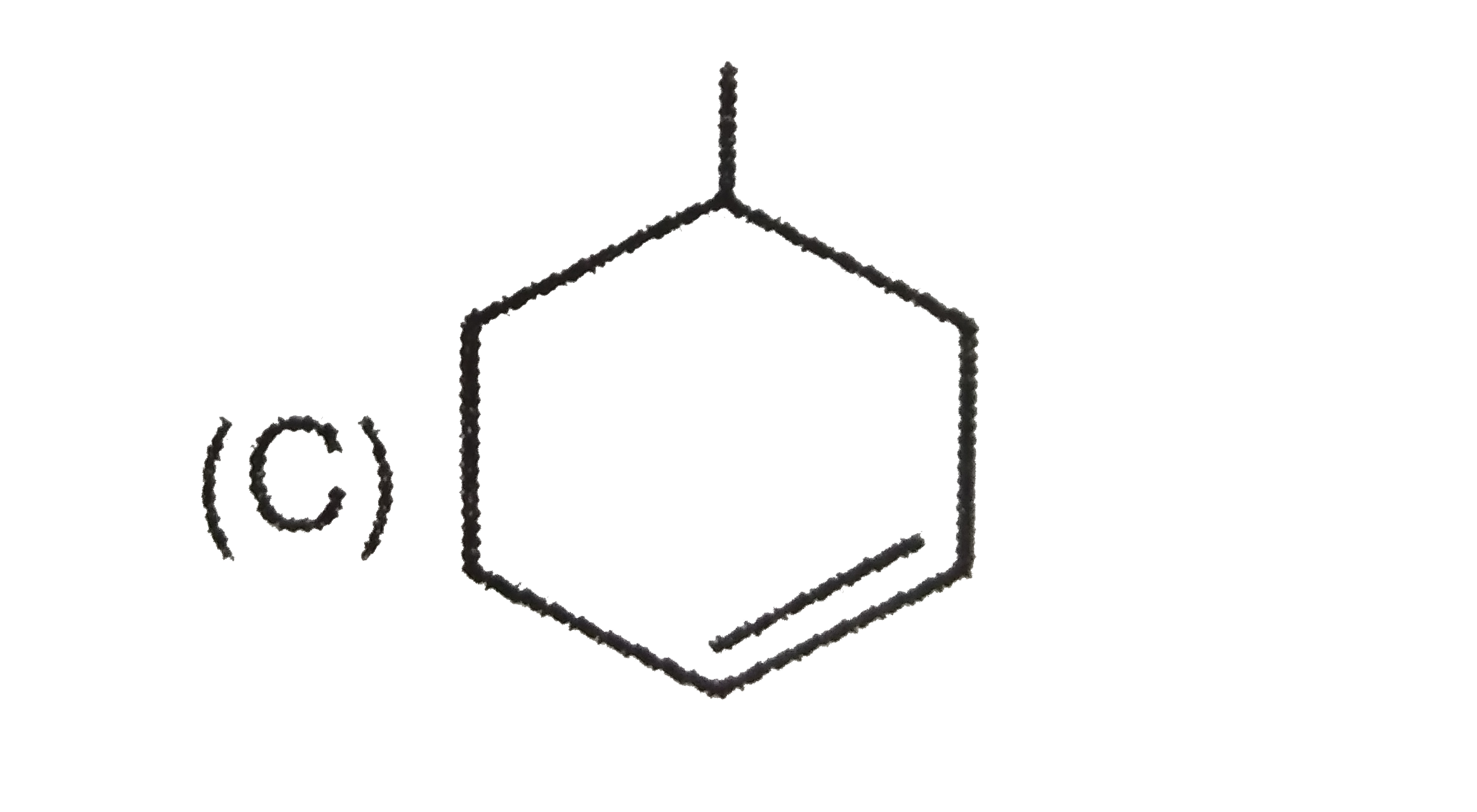 D
D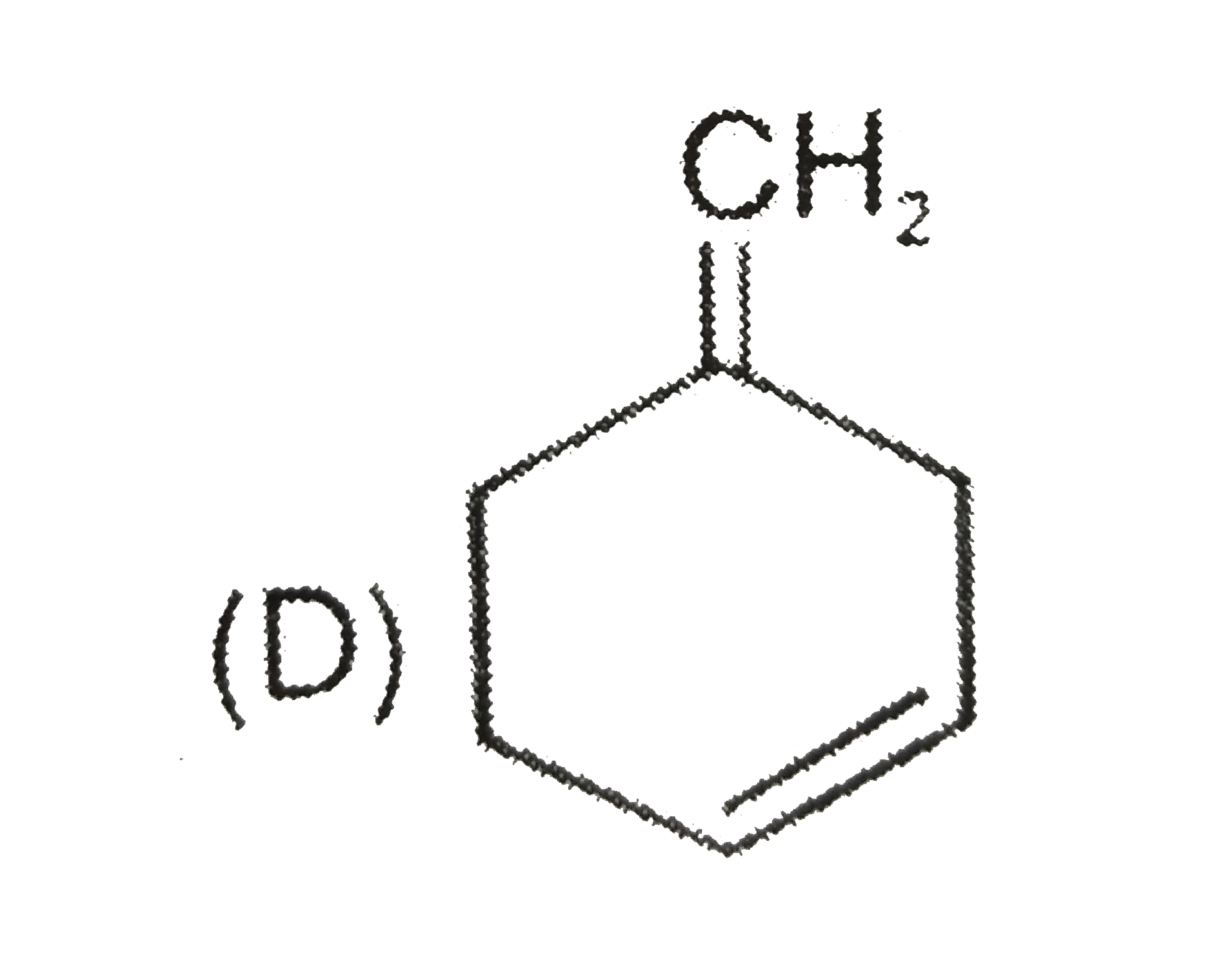
 the reactant (A) will be
the reactant (A) will be
View SolutionDichlorobenzoic acid Mononitration−−−−−−−−→Product ( only one) .
The structure of reactant can be:
View Solution
The Reactant A is
View SolutionIn order to prepare 1-chloropropane which of the following reactants can be employed ?
View SolutionIn order to prepare 1-chloropropane which of the following reactants can be employed ?
View Solution


